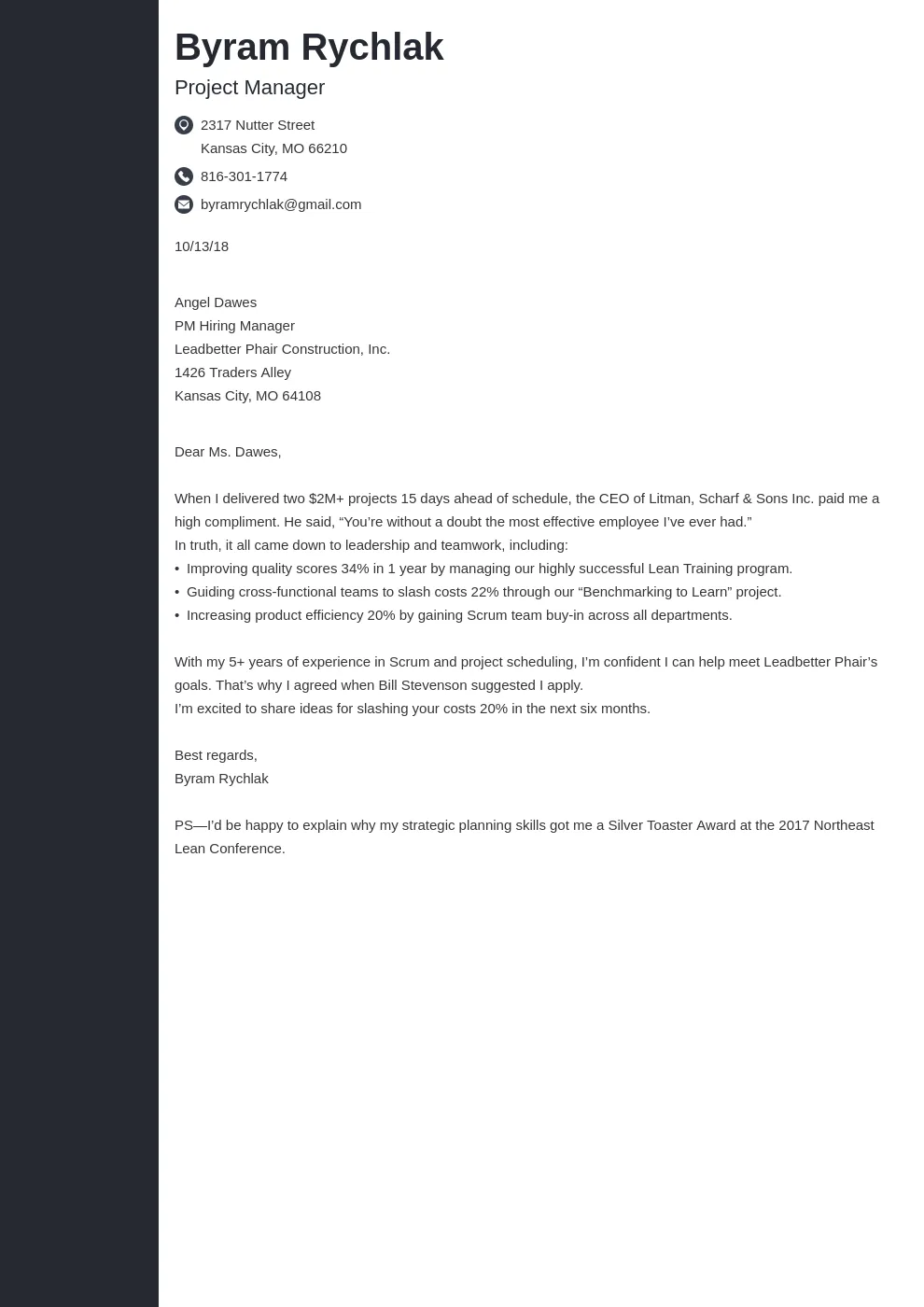Understanding Website Traffic
Website traffic is the lifeblood of any online venture, representing the number of visitors who access your website. This influx of users is crucial for conversions, brand awareness, and overall business success. Without a steady stream of visitors, even the most beautifully designed and well-crafted websites will struggle to achieve their goals. Understanding the dynamics of website traffic is therefore fundamental for any business looking to thrive in the digital landscape. This involves grasping the sources of traffic, how to measure it, and the strategies to optimize its flow.
What is Website Traffic
Website traffic refers to the data that shows the number of visitors who visit a website, along with other data points like the pages they view, the time they spend on the site, and where they come from. There are various types of website traffic, including organic, direct, referral, and paid traffic. Organic traffic comes from search engines, direct traffic comes from users typing the website URL directly into their browser, referral traffic comes from links on other websites, and paid traffic comes from advertisements. Analyzing these different types of traffic can provide valuable insights into how users interact with a website and the effectiveness of its marketing strategies. Accurate tracking and analysis of website traffic are therefore crucial for measuring the success of online efforts and making informed decisions.
Importance of Website Traffic

Website traffic is a crucial indicator of an online business’s success. It directly correlates with brand visibility and revenue generation. High website traffic means more people are aware of your brand and what you offer, increasing the likelihood of conversions, such as sales, sign-ups, or inquiries. Moreover, website traffic provides invaluable data for understanding your target audience’s interests, behaviors, and preferences. This data is crucial for refining marketing strategies, improving user experience, and optimizing website content to better meet the needs and desires of potential customers. The ultimate goal of any website should be to grow traffic and convert it into potential customers.
Ways to Measure Website Traffic
Measuring website traffic involves using various analytics tools to track key metrics that provide insights into the website’s performance. Google Analytics is the most widely used tool for this purpose, offering detailed data on website visitors, page views, bounce rates, and conversion rates. Other useful tools include: SEMrush, Ahrefs, and Similarweb. These tools help to analyze traffic sources, identify popular content, and track user behavior. The data gathered from these tools is essential for understanding website performance, identifying areas for improvement, and making data-driven decisions to increase traffic and improve user engagement.
SEO Optimization for Traffic
Search Engine Optimization (SEO) is the art and science of optimizing a website to rank higher in search engine results pages (SERPs), thereby increasing organic traffic. SEO involves a range of strategies and techniques designed to improve a website’s visibility, relevance, and authority. Effective SEO is crucial for attracting more visitors to your website from search engines such as Google. It is a long-term investment that pays dividends in the form of sustained organic traffic growth. Without strong SEO, websites will struggle to be found by their target audience, limiting their growth potential.
Keyword Research and Implementation
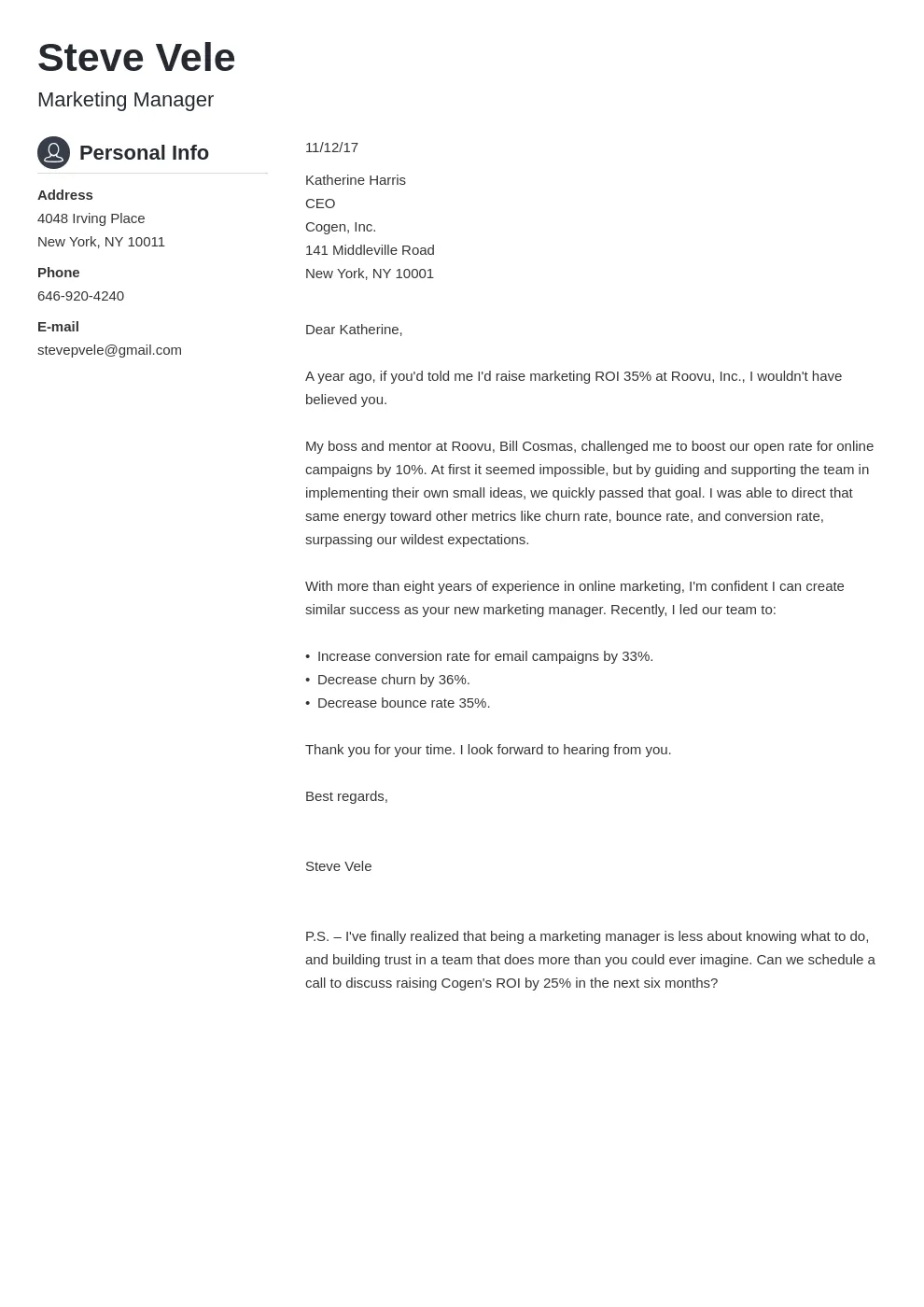
Keyword research is a fundamental aspect of SEO, involving identifying the words and phrases that people use when searching for information related to your website’s content. This process involves using various keyword research tools, such as Google Keyword Planner, SEMrush, and Ahrefs, to uncover relevant keywords with high search volume and low competition. Once identified, these keywords should be strategically implemented throughout your website’s content, including the title tags, meta descriptions, headings, and body text. Proper keyword implementation helps search engines understand the content of your website, and, ultimately, rank your content higher in search results for these relevant keywords.
On-Page Optimization Techniques
On-page optimization focuses on optimizing the elements within your website to improve its search engine rankings. This involves several techniques. First is optimizing title tags and meta descriptions to include relevant keywords and entice users to click on your search results. Second, ensure your content is high-quality, original, and relevant to your target audience. Third, optimize the internal linking structure to help search engines crawl and understand your website’s content. Fourth, use descriptive alt text for images to improve their visibility in image searches. Finally, ensure your website is mobile-friendly and has a fast loading speed for a positive user experience and better search engine rankings.
Off-Page Optimization Strategies
Off-page optimization refers to the actions taken outside of your website to improve its search engine rankings. Link building is a critical aspect of off-page SEO, involving acquiring backlinks from other reputable websites. Social media marketing is another powerful strategy for increasing website visibility and driving traffic. Building a strong social media presence helps you connect with your audience, share your content, and drive traffic back to your website. Additionally, online reputation management plays a vital role, so monitor and address any negative reviews or mentions online. These are important factors to boost the credibility and authority of your website in the eyes of search engines.
Content Marketing to Drive Traffic
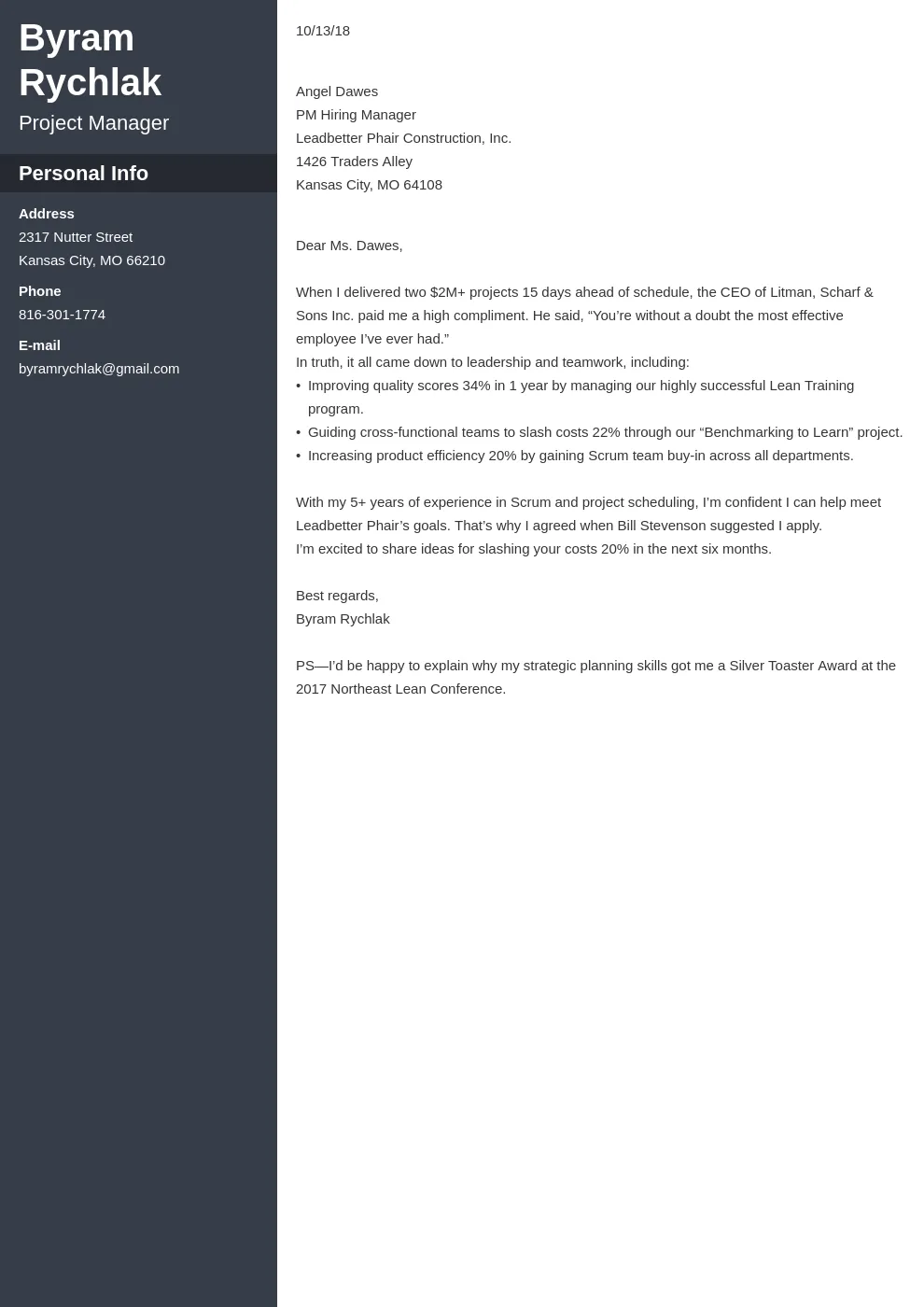
Content marketing involves creating and distributing valuable, relevant, and consistent content to attract and engage a target audience. By providing useful information, solving problems, and entertaining your audience, you can establish yourself as an authority in your industry. Content marketing is a highly effective way to drive traffic to your website and improve your search engine rankings. Creating a content marketing strategy and delivering valuable content to your audience, creates brand trust. The benefits of content marketing extend beyond short-term gains, establishing long-term brand loyalty and generating sustained traffic growth over time. A good content strategy includes articles, blog posts, videos, infographics, and other formats.
Creating High-Quality Content
Creating high-quality content is the cornerstone of successful content marketing. Focus on producing original, informative, and engaging content that resonates with your target audience. Research your topics thoroughly, and provide valuable insights and unique perspectives that set your content apart. Optimize your content for readability, using clear language, concise sentences, and proper formatting. Incorporate relevant keywords naturally throughout your content to improve its search engine visibility. Regularly update and refresh your content to ensure its relevance and accuracy. By consistently creating high-quality content, you can attract and retain your target audience, build brand loyalty, and drive traffic to your website.
Content Promotion Strategies
Once you have created high-quality content, the next step is to promote it effectively. Share your content on social media platforms to reach a wider audience. Build relationships with other websites and bloggers in your industry and invite them to share your content. Leverage email marketing to send your content directly to your subscribers. Consider paid advertising options, such as social media ads or content promotion platforms, to increase the visibility of your content. Analyze the performance of your content promotion efforts to determine what works best and refine your strategy accordingly. The goal of content promotion is to maximize the reach and impact of your content, driving traffic back to your website and increasing brand awareness.
Social Media Marketing for Traffic
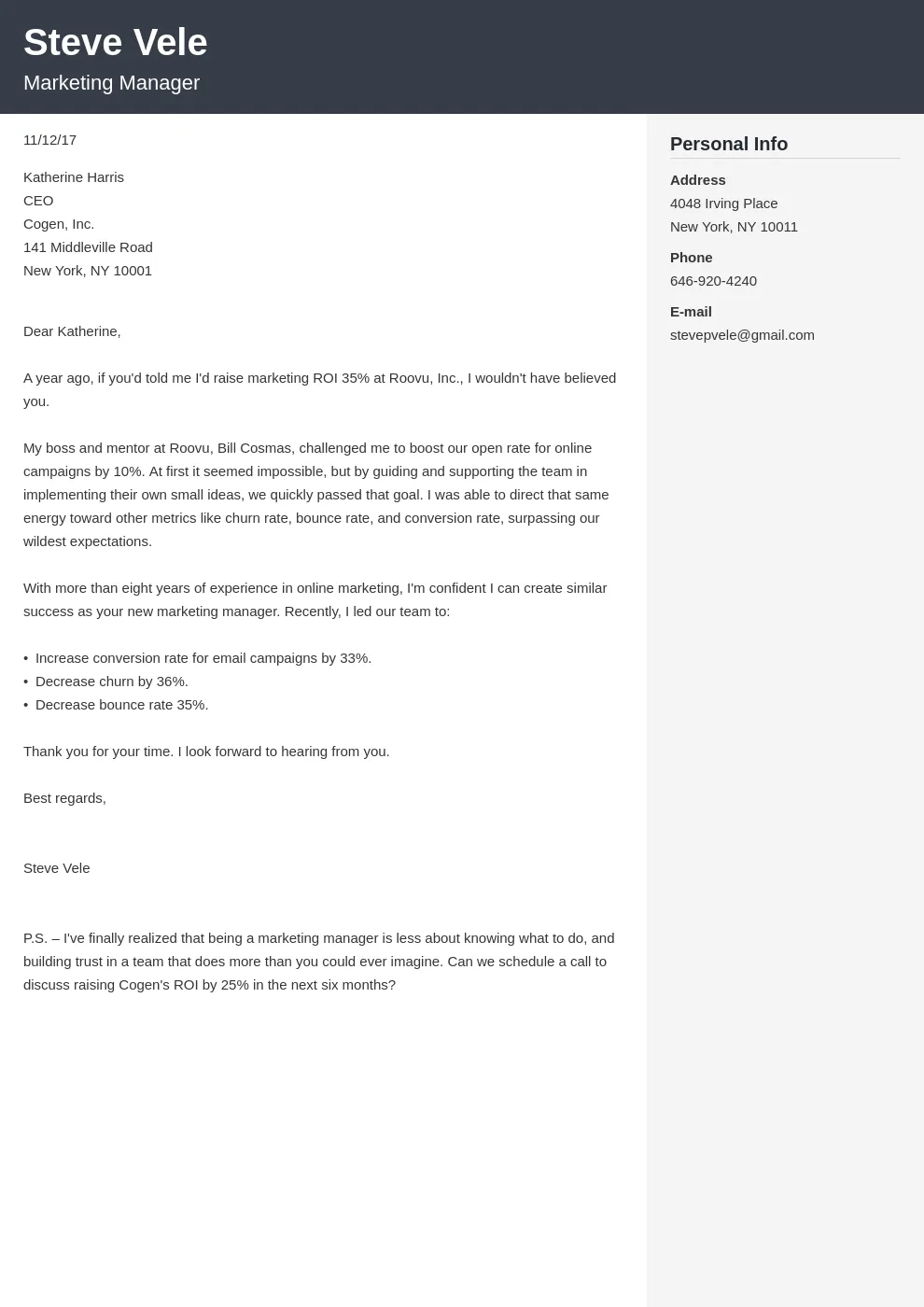
Social media marketing involves using social media platforms to connect with your audience, build brand awareness, and drive traffic to your website. Social media provides a powerful way to share your content, engage with your followers, and build a community around your brand. To leverage social media marketing effectively, you should first choose the right platforms that align with your target audience and marketing goals. Then, create engaging content that resonates with your followers and encourages them to share it. Actively participate in conversations, respond to comments and messages, and build relationships with your audience. Regularly analyze your social media performance to identify what works and refine your strategy accordingly. Consistent effort and engagement are crucial for driving traffic and achieving your social media marketing objectives.
Choosing the Right Platforms
Choosing the right social media platforms is crucial for effective social media marketing. The best platforms for your business will depend on your target audience, industry, and marketing goals. Research and identify the platforms where your target audience spends their time. Consider the demographics, interests, and behaviors of your audience to determine which platforms are the most relevant. Don’t spread yourself too thin by trying to be on every platform. Focus on the platforms where you can effectively reach and engage your target audience. Tailor your content to each platform’s specific format and audience. By focusing your efforts on the right platforms, you can maximize your reach and drive traffic to your website more effectively.
Creating Engaging Content
Creating engaging content is essential for capturing the attention of your audience on social media. Your content should be informative, entertaining, and visually appealing. Use a mix of different content formats, such as text posts, images, videos, and live streams, to keep your audience engaged. Craft compelling headlines and captions that grab attention and encourage people to click. Ask questions, run polls, and encourage your audience to share their thoughts and opinions. Respond promptly to comments and messages, and build a sense of community around your brand. By consistently creating engaging content, you can increase your followers, drive traffic to your website, and build a strong brand presence on social media.
Analyzing and Adapting

Analyzing your social media performance is crucial for understanding what’s working and what’s not. Use analytics tools to track key metrics, such as reach, engagement, website clicks, and conversions. Identify the types of content that perform best and adjust your content strategy accordingly. Experiment with different posting times and frequencies to see what yields the best results. Monitor your audience’s feedback and adjust your content to meet their needs and preferences. Social media marketing is an ongoing process of learning and adaptation. By regularly analyzing your performance and making necessary adjustments, you can optimize your social media efforts and maximize your website traffic.
Paid Advertising for Traffic
Paid advertising provides a fast and effective way to drive targeted traffic to your website. Platforms like Google Ads and social media advertising offer a range of advertising options to reach your target audience. Paid advertising campaigns can be highly targeted, allowing you to reach specific demographics, interests, and behaviors. While paid advertising requires an investment, it can provide a significant return on investment (ROI) by generating qualified leads and driving conversions. To maximize the effectiveness of your paid advertising campaigns, carefully define your target audience, conduct thorough keyword research, and create compelling ad copy that motivates users to click. Continuously monitor and optimize your campaigns to ensure they are performing at their best.
Google Ads Campaigns
Google Ads is a powerful platform for running search engine marketing (SEM) campaigns. With Google Ads, you can create text ads that appear in search results, as well as display ads that appear on websites across the Google Display Network. To create effective Google Ads campaigns, start by conducting thorough keyword research to identify the terms your target audience uses when searching for your products or services. Write compelling ad copy that highlights the benefits of your offerings and includes a clear call to action. Target your ads to specific demographics, locations, and interests. Regularly monitor your campaign performance and make adjustments to your bids, keywords, and ad copy to optimize your ROI.
Social Media Ads
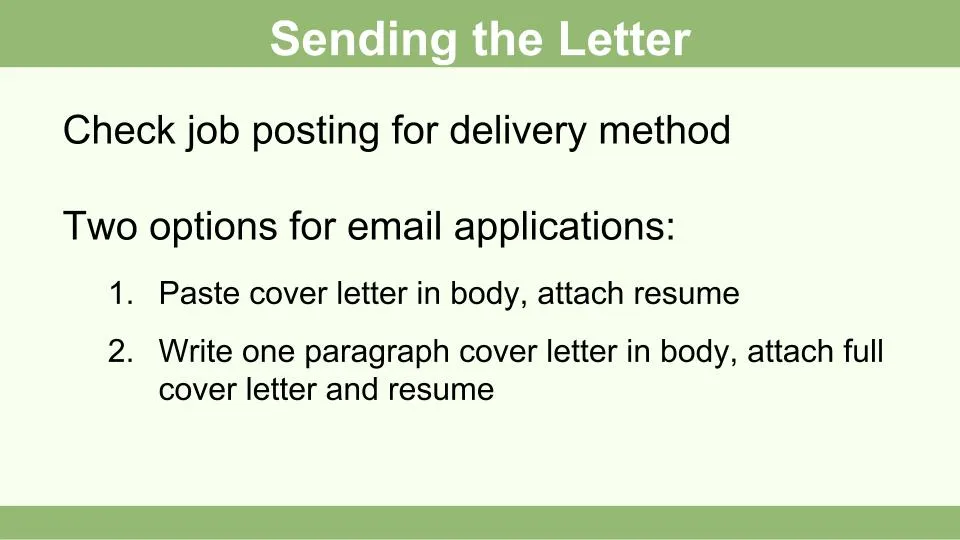
Social media advertising allows you to target your ads to specific audiences based on demographics, interests, behaviors, and more. Each social media platform offers its own advertising options, such as Facebook Ads, Instagram Ads, LinkedIn Ads, and Twitter Ads. To create effective social media ads, define your target audience and create ad copy that resonates with them. Use high-quality images or videos to capture attention and showcase your products or services. Include a clear call to action to encourage users to take the desired action, such as visiting your website or making a purchase. Regularly test different ad variations and track your results to optimize your campaigns and improve your ROI.
Analyzing Ad Performance
Analyzing your ad performance is crucial for ensuring that your paid advertising campaigns are successful. Use analytics tools to track key metrics, such as impressions, clicks, click-through rates (CTR), conversion rates, and cost per acquisition (CPA). Monitor your campaign costs and revenue to calculate your return on investment (ROI). Regularly review your ad copy, keywords, and targeting options to identify areas for improvement. A/B test different ad variations to see which ones perform best. Adjust your bids and budgets based on your performance data. By continuously analyzing your ad performance and making data-driven decisions, you can optimize your campaigns and maximize your ROI.
Email Marketing for Traffic
Email marketing is a cost-effective way to nurture leads, build customer relationships, and drive traffic to your website. Email marketing is a direct channel to communicate with your audience and promote your content, products, and services. Email marketing, when done right, can generate a high ROI. Before launching an email marketing campaign, it’s essential to build an email list. Regularly send valuable content, such as blog posts, newsletters, and promotional offers, to engage your subscribers. Segment your email list based on demographics, interests, and behaviors to personalize your messaging. Include a clear call to action in your emails to encourage recipients to visit your website. And don’t forget to analyze your results.
Building an Email List
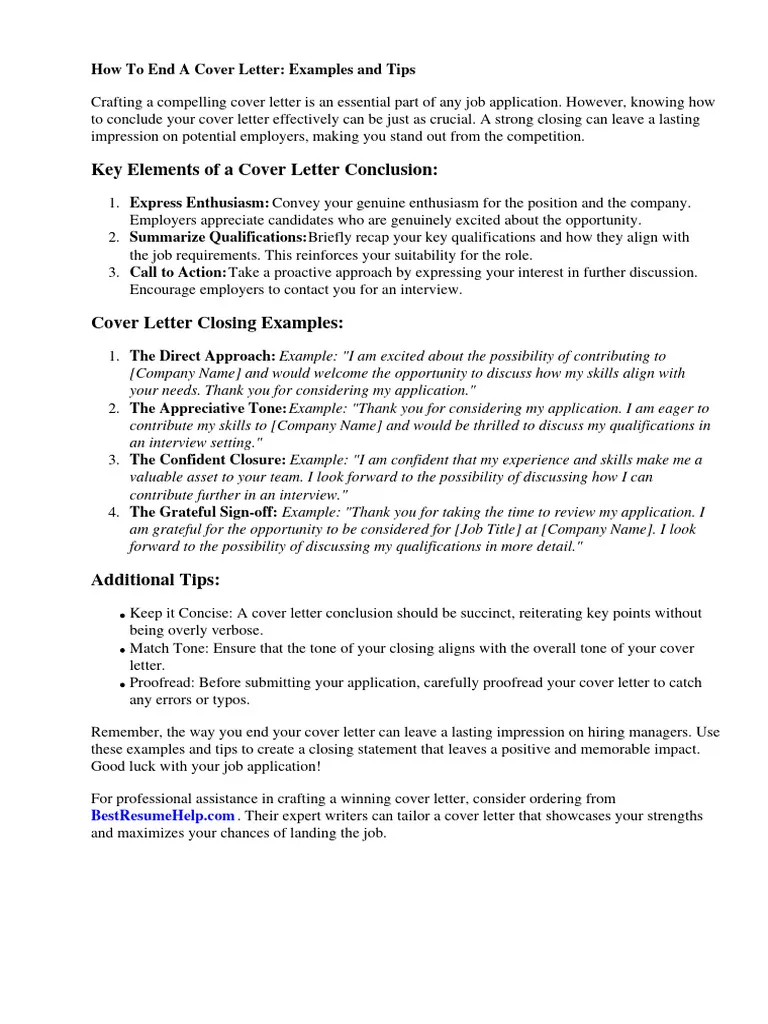
Building an email list is the foundation of successful email marketing. Offer valuable incentives, such as ebooks, checklists, or exclusive content, in exchange for email sign-ups. Include opt-in forms on your website, landing pages, and social media profiles. Use a clear and compelling call to action to encourage visitors to subscribe to your list. Regularly promote your email list to your audience, emphasizing the benefits of subscribing. Comply with all data privacy regulations, such as GDPR, by obtaining explicit consent from your subscribers. By building a strong email list, you gain a direct channel to communicate with your audience and drive traffic to your website.
Crafting Effective Emails
Crafting effective emails is essential for engaging your subscribers and driving traffic to your website. Start with a compelling subject line that grabs attention and entices recipients to open your email. Use a clear and concise writing style, with short paragraphs and easy-to-read formatting. Include high-quality visuals, such as images or videos, to make your emails more appealing. Personalize your emails by addressing recipients by name and tailoring the content to their interests and preferences. Include a clear call to action, such as a button or link, to encourage recipients to visit your website. Test different email templates and content variations to see what performs best. By crafting effective emails, you can drive traffic to your website and build strong relationships with your subscribers.
Analyzing Email Performance
Analyzing your email performance is crucial for understanding what’s working and what’s not. Track key metrics, such as open rates, click-through rates, conversion rates, and unsubscribe rates. Identify the emails that perform best and adjust your email strategy accordingly. Segment your email list based on engagement and behavior, and tailor your messaging to each segment. Test different email subject lines, content variations, and calls to action to see what yields the best results. By regularly analyzing your email performance, you can optimize your email campaigns, improve your ROI, and drive more traffic to your website.
Website Design and User Experience
Website design and user experience (UX) play a crucial role in attracting and retaining visitors. A well-designed website with a positive user experience will encourage visitors to stay longer, explore more pages, and ultimately convert into customers. Conversely, a poorly designed website can drive visitors away, negatively impacting your website traffic and overall business goals. Therefore, it’s essential to prioritize website design and UX to create a website that is both visually appealing and user-friendly. The right design and UX will improve your website traffic.
Importance of Website Design
Website design is the first impression your website makes on visitors. A professional and visually appealing design builds trust and credibility, encouraging visitors to stay longer and explore your website further. Ensure your website design is mobile-responsive, so it displays correctly on all devices, and easy to navigate. Use a consistent branding, including colors, fonts, and logo, to create a cohesive and recognizable brand identity. Create a clear and intuitive layout, with easy-to-find information and a logical flow. Optimize your website’s loading speed to ensure a fast and seamless browsing experience. By investing in good website design, you create a positive first impression, which can significantly impact your website traffic and conversion rates.
Improving User Experience
User experience (UX) refers to how users interact with your website and their overall satisfaction with the experience. Improve UX by: making sure your website is easy to navigate, with clear menus and intuitive navigation paths. Ensure that your website’s content is readable and scannable, with headings, subheadings, and bullet points. Use a clear and concise writing style, and avoid jargon and technical terms. Optimize your website for mobile devices, ensuring that it is responsive and easy to use on smartphones and tablets. Test your website’s usability regularly, and gather feedback from users to identify areas for improvement. By improving the user experience, you encourage visitors to stay longer, explore more pages, and ultimately convert into customers.
Mobile Optimization for Traffic
Mobile optimization is critical for attracting and retaining visitors in today’s mobile-first world. Ensure your website is responsive, meaning it adapts to different screen sizes and devices. Optimize your website’s loading speed for mobile devices, as slow loading times can frustrate users and negatively impact your SEO. Use a clear and user-friendly design, with large buttons and easy-to-read text. Test your website on different mobile devices to ensure it functions correctly. Implement Accelerated Mobile Pages (AMP) to improve the speed and performance of your website on mobile devices. By prioritizing mobile optimization, you can provide a seamless browsing experience for mobile users and drive more traffic to your website.
Conclusion
Increasing website traffic requires a multifaceted approach that combines SEO, content marketing, social media marketing, paid advertising, email marketing, and a focus on website design and user experience. By implementing these strategies, you can drive more visitors to your website, increase brand awareness, and ultimately achieve your business goals. It’s important to remember that success doesn’t happen overnight. It’s about consistency, adaptation, and a willingness to learn and improve. By consistently refining your strategy, and responding to the market and data, you will boost website traffic quickly and see long-term results.
